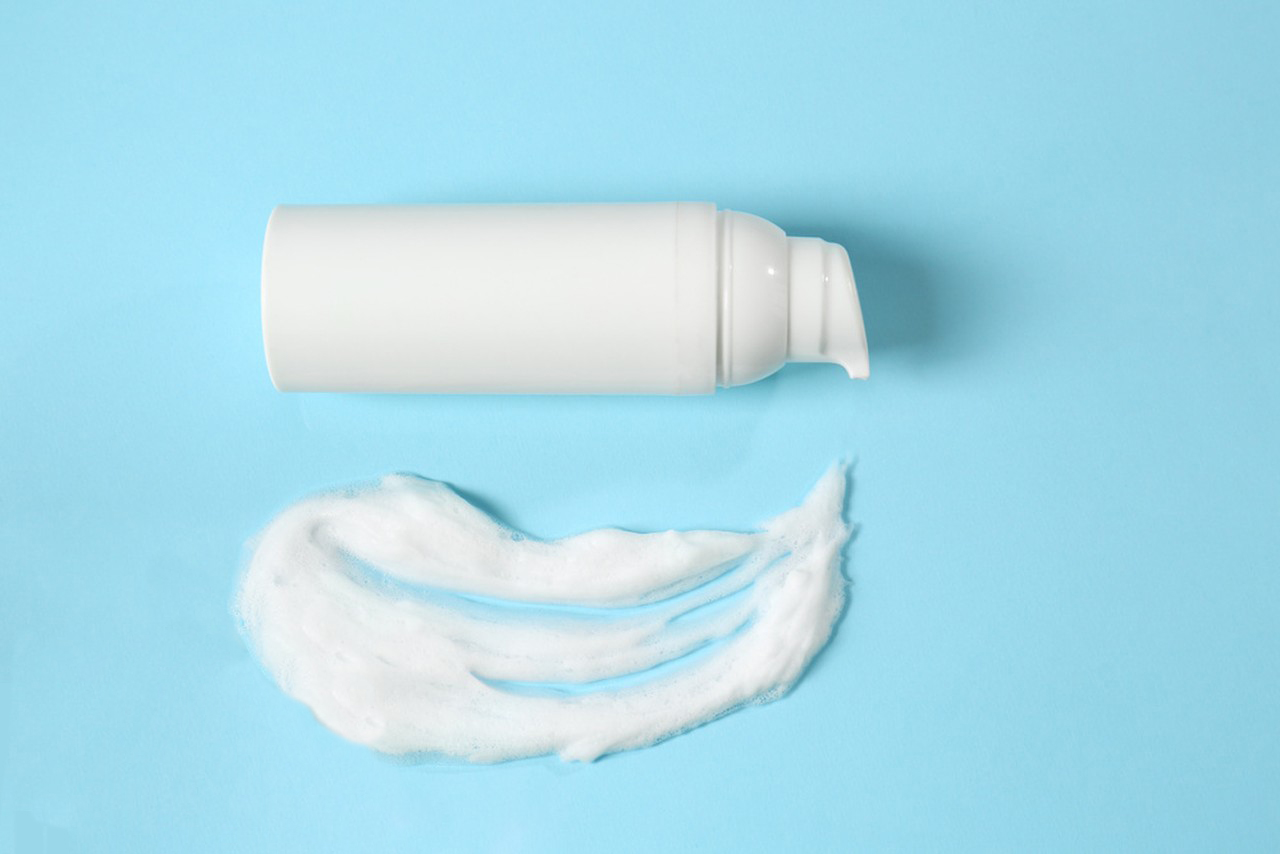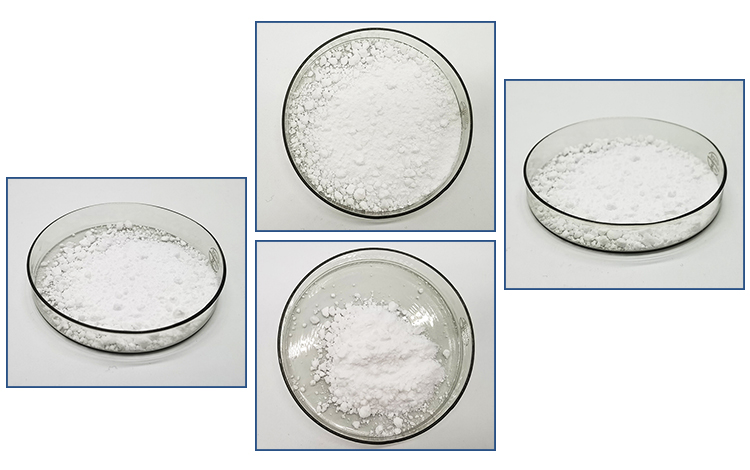Cocoyl Glutamic Acid, often referred to as Sodium Cocoyl Glutamate in its sodium salt form, is a surfactant derived from coconut oil and glutamic acid, an amino acid. It is commonly used in personal care products for its mild and effective cleansing properties.
Materials of Cocoyl Glutamic Acid
Definition: Cocoyl glutamic acid is an amino acid surfactant derived from the reaction of coconut fatty acid and glutamic acid.
Appearance: Typically appears as a white to off-white powder or granules.
Solubility: It is soluble in water and commonly used in aqueous solutions.
pH: Generally used in formulations with a pH range of 5 to 7.
2.Glutamic Acid
Source: Obtained from fermentation processes or synthesized chemically.
Grade: Cosmetic or pharmaceutical grade to ensure purity and safety.

3.Coconut Fatty Acid
Source: Derived from coconut oil through hydrolysis.
Composition: A mixture of fatty acids, predominantly lauric acid.
4.Solvents and Reagents
Solvents: Water, ethanol, or other suitable solvents for dissolving and reacting.
Catalysts and pH Adjusters: Hydrochloric acid (HCl), sodium hydroxide (NaOH), and other pH adjusters to maintain the desired pH during synthesis.
Methods of Cocoyl Glutamic Acid
1.Preparation of Coconut Fatty Acid
Hydrolysis: Coconut oil is hydrolyzed to release the fatty acids. This can be done using water, steam, or enzymes under controlled conditions.
2.Synthesis of Cocoyl Glutamic Acid
Esterification/Condensation Reaction: The coconut fatty acid reacts with glutamic acid in the presence of a suitable catalyst.
3.Reaction Conditions:
Temperature: The reaction is typically carried out at elevated temperatures (70-90°C).
Catalyst: Acidic or basic catalysts may be used to facilitate the reaction.
Reaction Time: This can vary but usually takes several hours to complete.
4.Purification
Neutralization: The reaction mixture is neutralized to achieve the desired pH.
Extraction: The product is extracted using suitable solvents to separate it from by-products and unreacted materials.
Filtration and Drying: The final product is filtered and dried to obtain Cocoyl Glutamic Acid in its desired form (powder or granules).

5.Characterization and Quality Control
Spectroscopic Analysis: Techniques like NMR (Nuclear Magnetic Resonance) and FTIR (Fourier Transform Infrared Spectroscopy) are used to confirm the structure and purity of the product.
Chromatography: HPLC (High-Performance Liquid Chromatography) to determine the purity and identify any impurities.
pH Measurement: The pH of the aqueous solution of the final product is measured to ensure it falls within the desired range.
6.Formulation into End Products
Incorporation into Cosmetics: Cocoyl Glutamic Acid is mixed into formulations like shampoos, facial cleansers, and body washes.
Stability Testing: The formulated products undergo stability testing to ensure long-term effectiveness and safety.
This method ensures the production of high-quality Cocoyl Glutamic Acid suitable for use in various personal care and cosmetic products.
